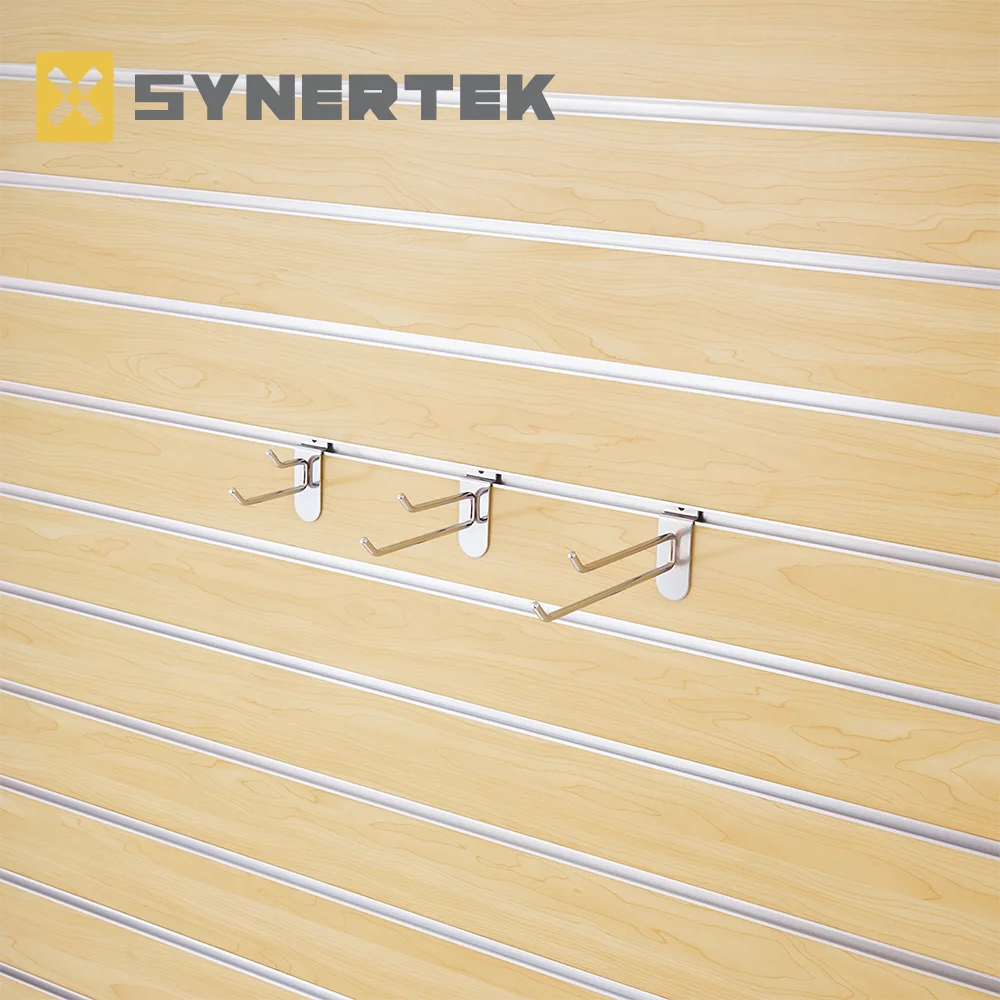Composite materials have revolutionized various industries, offering a unique combination of strength, durability, and versatility. In this blog post, we delve into the question: Is composite as strong as wood? By exploring the properties, applications, and advancements in composite materials, we aim to provide a comprehensive understanding of their strength and compare them to traditional wood.
- Understanding Composite Materials:
Composite materials are engineered by combining two or more constituent materials, each contributing its unique properties. Typically, composites consist of a reinforcement material (such as fibers) embedded in a matrix material (such as resin). This combination enhances the overall strength and performance of the composite. - Strength of Composite Materials:
a. Tensile Strength: Composite materials exhibit exceptional tensile strength, often surpassing that of wood. The reinforcement fibers, such as carbon or glass, provide high tensile strength, making composites suitable for load-bearing applications.
b. Flexural Strength: Composites offer excellent flexural strength, allowing them to withstand bending forces without deformation or failure. Wood, on the other hand, may exhibit limitations in flexural strength, especially when exposed to moisture or extreme temperatures.
c. Impact Resistance: Composite materials excel in impact resistance, making them ideal for applications where durability is crucial. Wood, although strong, may be prone to cracking or splintering upon impact. - Advantages of Composite Materials over Wood:
a. Weight-to-Strength Ratio: Composites offer a superior strength-to-weight ratio compared to wood. This advantage makes composites highly desirable in industries such as aerospace and automotive, where lightweight materials are essential for fuel efficiency and performance.
b. Resistance to Environmental Factors: Unlike wood, composite materials are resistant to moisture, rot, insects, and UV radiation. This resistance ensures their longevity and reduces maintenance costs, making them an attractive alternative to wood in outdoor applications.
c. Design Flexibility: Composites can be molded into complex shapes, allowing for intricate designs and customization. Wood, although versatile, may have limitations in achieving intricate shapes without compromising strength. - Recent Advancements in Composite Technology:
a. Nanocomposites: Incorporating nanoparticles into composite materials has led to significant improvements in strength, stiffness, and thermal stability. This advancement has expanded the potential applications of composites in various industries.
b. Bio-based Composites: Researchers are exploring the use of renewable and sustainable materials, such as natural fibers and biopolymers, to develop eco-friendly composites. These bio-based composites offer comparable strength to wood while reducing environmental impact.
Conclusion:
In conclusion, composite materials exhibit exceptional strength, often surpassing that of wood. Their superior tensile strength, flexural strength, and impact resistance make them a preferred choice in numerous industries. With advantages such as a high strength-to-weight ratio, resistance to environmental factors, and design flexibility, composites have become a game-changer in modern engineering. As technology advances, we can expect further enhancements in composite materials, solidifying their position as a reliable and sustainable alternative to wood.









+ There are no comments
Add yours